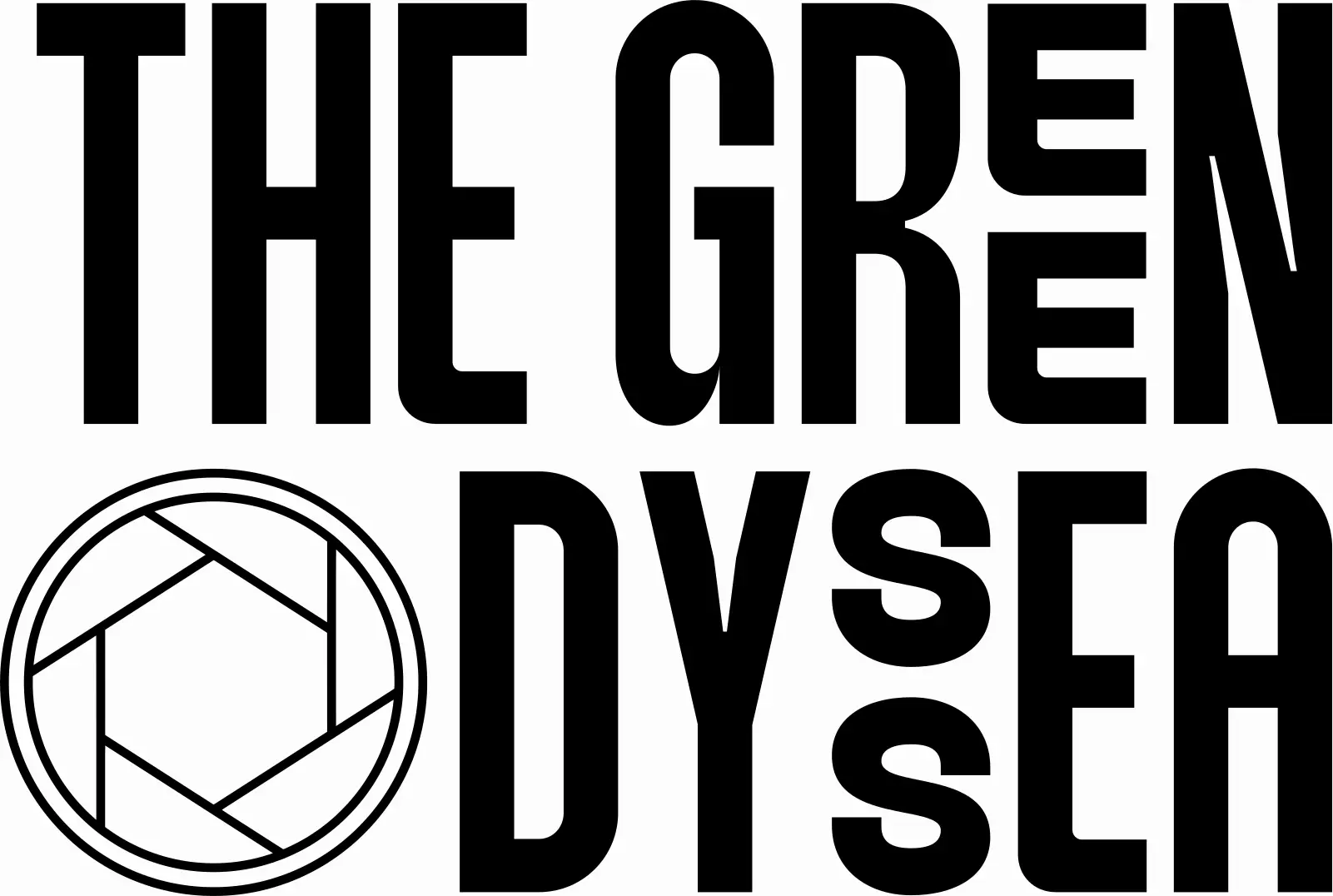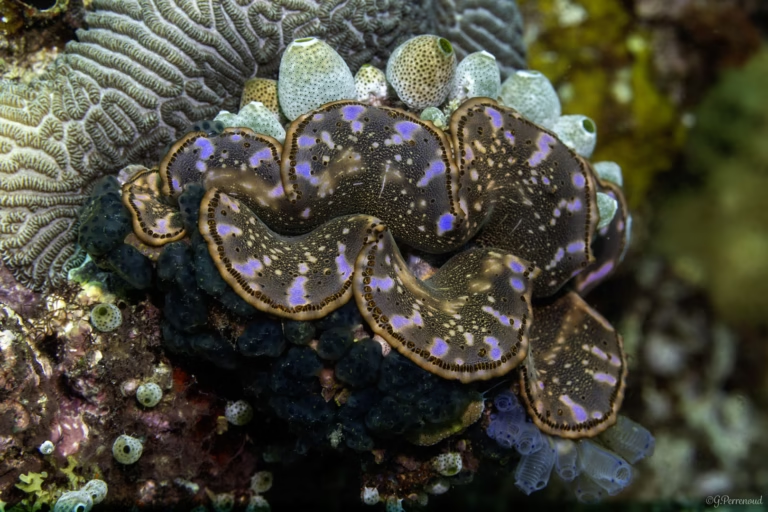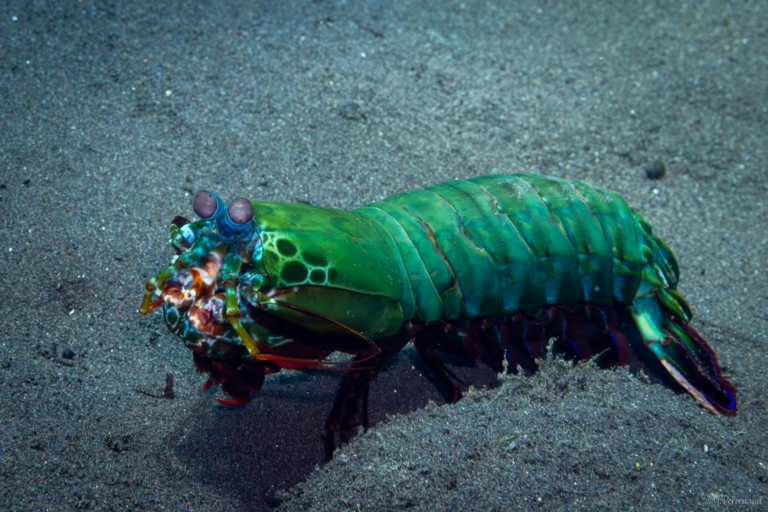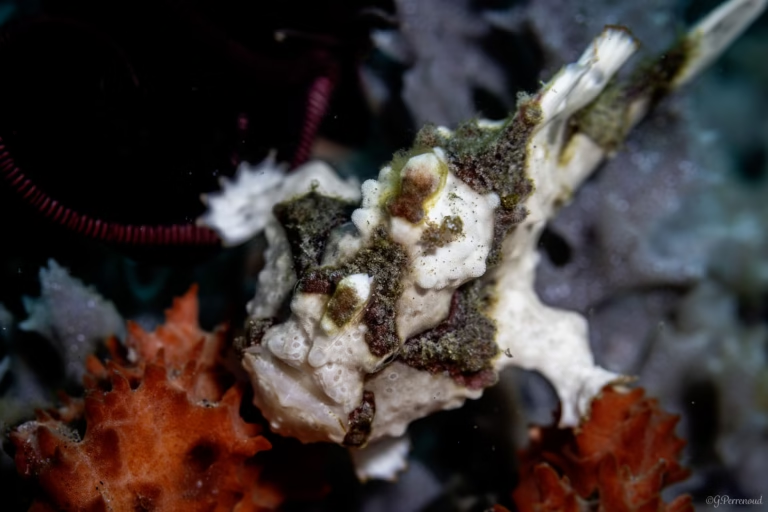

Table of contents
Introduction
Beneath the waves, a fascinating phenomenon unfolds in the depths of our oceans. Cleaning stations, bustling hubs of marine activity, play a crucial role in maintaining the health and balance of underwater ecosystems. These remarkable locations serve as nature’s own spas, where various marine species gather to receive grooming services from specialized cleaner organisms. The importance of these stations extends far beyond mere hygiene, influencing the behavior, health, and social interactions of countless aquatic creatures.
In this article, we’ll dive into the captivating world of cleaning stations and explore their significance in marine ecology. We’ll uncover the key players involved in these symbiotic relationships, from cleaner fish and shrimp to their diverse clientele, including turtles and manta rays. The cleaning process itself will be examined, shedding light on how these stations help to rid marine life of parasites and dead skin. Finally, we’ll delve into the broader ecological impact of cleaning stations on coral reefs and the delicate balance of marine ecosystems, highlighting their vital role in ocean conservation efforts.

What are Cleaning Stations?
Put simply, cleaning stations are specific locations in aquatic environments where marine organisms engage in a fascinating symbiotic relationship . These natural “spas” serve as hubs where various marine species gather to receive grooming services from specialized cleaner organisms. Typically found on coral reefs, cleaning stations are often located at the top of a coral head or in crevices between coral outcroppings.
At these stations, cleaner species, such as certain types of shrimp, wrasses, and gobies, remove parasites, dead skin, and harmful bacteria from their “clients”. This cleaning process is crucial for maintaining the health of marine life and the overall reef ecosystem . Interestingly, even predatory species like sharks and manta rays regularly visit these stations, highlighting their importance in marine ecology.
Two notable examples are the Manta Point cleaning station near Nusa Penida, Indonesia, and Monad Shoal near Malapascua, Philippines where, respectively manta rays and thresher sharks come every day to have their parasites removed by various cleaner fish species.

Key Players in Cleaning Stations
Cleaning stations are bustling hubs where various marine species come together in a fascinating symbiotic relationship. The main actors in this underwater drama are the cleaners and their clients. Cleaners, typically smaller organisms, feed on parasites and dead skin from larger marine animals.
Among the most prominent cleaners are certain species of fish, particularly wrasses and gobies. These specialized fish play a crucial role in maintaining the health of their marine clients. Cleaner shrimp, such as the Pacific cleaner shrimp, also contribute significantly to this process.
The clients at these natural spas include a diverse array of marine life. Large predatory fish, rays, and even sea turtles frequently visit cleaning stations to receive grooming services. This remarkable behavior highlights the importance of these stations in marine ecosystems.

The Cleaning Process
The cleaning process at marine cleaning stations is a fascinating display of interspecific communication and mutualism. When a client fish approaches a station, cleaners recognize them and perform specific movements to signal their willingness to clean. Clients often adopt particular postures, allowing cleaners better access to their bodies. This unique interaction begins with brief communication between the animals involved.
Then the cleaner fish and shrimp start cleaning their customers. The cleaner wrasse, Labroides dimidiatus, a ubiquitous species in the Indo-Pacific, engages in over 2,200 interactions daily, consuming more than 1,100 ectoparasites. This process has a significant impact on client health, with studies showing that clients deprived of access to cleaners experience a fourfold increase in parasite loads within 12 hours.
Ecological Significance
Cleaning stations play a crucial role in maintaining healthy reef ecosystems. These underwater hubs foster a mutually beneficial relationship between cleaners and their clients. Cleaner fish and shrimp improve the health and hygiene of larger marine animals. This symbiotic interaction has far-reaching effects on the reef community.
Research has shown that the presence of cleaners can impact reef fish diversity, abundance, and size . The removal of cleaners from a reef can lead to significant consequences. Fish may either leave the area or suffer from ulcers, frayed fins, and fungal diseases. This highlights the importance of cleaning stations in maintaining the overall health of marine ecosystems. And showcases the complex web of interactions that occur beneath the ocean’s surface, contributing to the delicate balance of marine life.
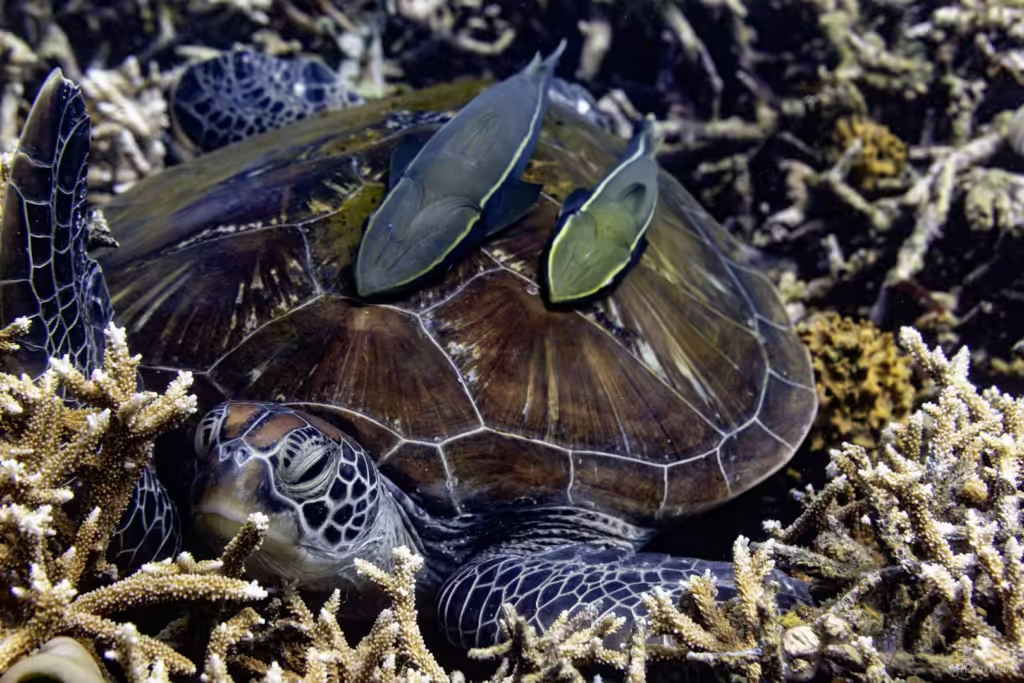
Conclusion
The fascinating world of cleaning stations in our oceans reveals nature’s ingenuity in maintaining the health of marine ecosystems. These underwater hubs have a significant impact on the well-being of various marine species, from tiny fish to massive manta rays. The symbiotic relationships formed at these stations showcase the intricate web of life beneath the waves, highlighting the importance of preserving these delicate interactions to keep our oceans thriving.
As we’ve seen, cleaning stations like Manta Point near Nusa Penida and the thresher shark station in Malapascua play a crucial role in marine conservation efforts. These natural spas not only keep individual animals healthy but also contribute to the overall balance of reef ecosystems. To wrap up, the study of cleaning stations gives us valuable insights into the complex dynamics of marine life, reminding us of the need to protect these vital underwater communities for future generations.
FAQs
- What is the function of a cleaning station in the ocean?
In the ocean, a cleaning station is a specific area where marine animals gather to be cleaned by smaller organisms, such as certain fish and shrimps, which remove parasites and dead skin from them.
- Why is it crucial to maintain cleanliness in the ocean?
Keeping the ocean clean is vital because it helps regulate the Earth’s climate and mitigates the impacts of climate change. Ocean currents help distribute heat around the planet, which influences temperature and weather patterns. Additionally, the ocean absorbs a significant amount of the heat and carbon dioxide produced by human activities.
- Can you describe a cleaning station used in scuba diving?
In scuba diving, a cleaning station is typically located on coral reefs or rocky seabeds where symbiotic relationships occur between larger marine animals and smaller cleaner organisms. These stations are essential for the health of marine life as they provide a place for the removal of parasites and dead tissue.
